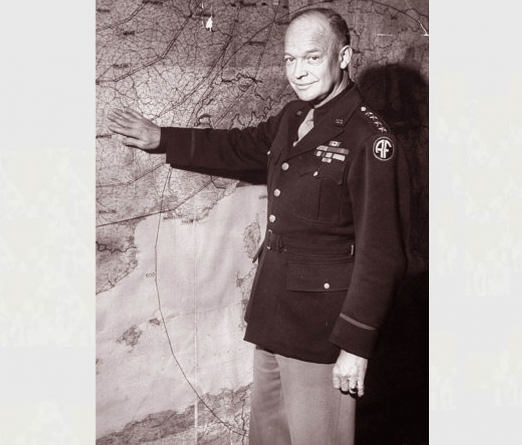Analysis of Bach's Fugue BWV 846 in C major (WTC I).
Johann Sebastian Bach’s Fugue 16 in G Minor is an example of a conventional fugue. What is interesting about this piece is that the body of the fugue is comprised of fragments of the subject and countersubject. The material within the episodes are a unique to this fugue. Also, inversions are found in key spots within the piece, and also create a similarity between the answer and countersubject.In this Prelude Bach ventures quite early into the Dominant key of G major - not the Dominant 7th harmony remaing in C major, as he does later during the peadl point G section. A section in A minor follow, in which harmonies change very frequently, much more often than at the beginnings of a bar.In m. 1, Bach establishes the D minor key and in mm. 2 to 5 moves to the relative major key (F major) (Section I). In mm. 6 to 9, the composer forms two two-measure sequences in the key of G minor and A minor respectively (Section II). Measures 10 to 14 serve as a transitional episode leading back to D minor with short tonicisations to A minor, F major, D minor, B flat major and G minor.
Fugue in G Minor Analysis One of the leading composers in the fugue style to date is Johann Sebastian Bach. His fugue, Fugue in G minor begins in G minor with the Subject in the Alto voice lasting for 6 beats. In the second half of measure two, the soprano takes over the Answer with a tonal.The six partitas for keyboard form the last set of suites that Bach composed, and are the most technically demanding of the three. They were composed between 1725 and 1730 or 1731. As with the French and English Suites, the autograph manuscript of the Partitas is no longer extant. In keeping with a nineteenth-century naming tradition that labelled Bach's first set of Suites English and the.

The Suite in D minor is one of two minor-key suites among the six for solo cello. With this suite, Bach seems to aspire to an almost Beethovenian mixture of tragedy and defiance, all within his usual framework of strict procedures. There are six movements: a Prelude, Allemande, Courante, Sarabande, double Minuet, and Gigue.












